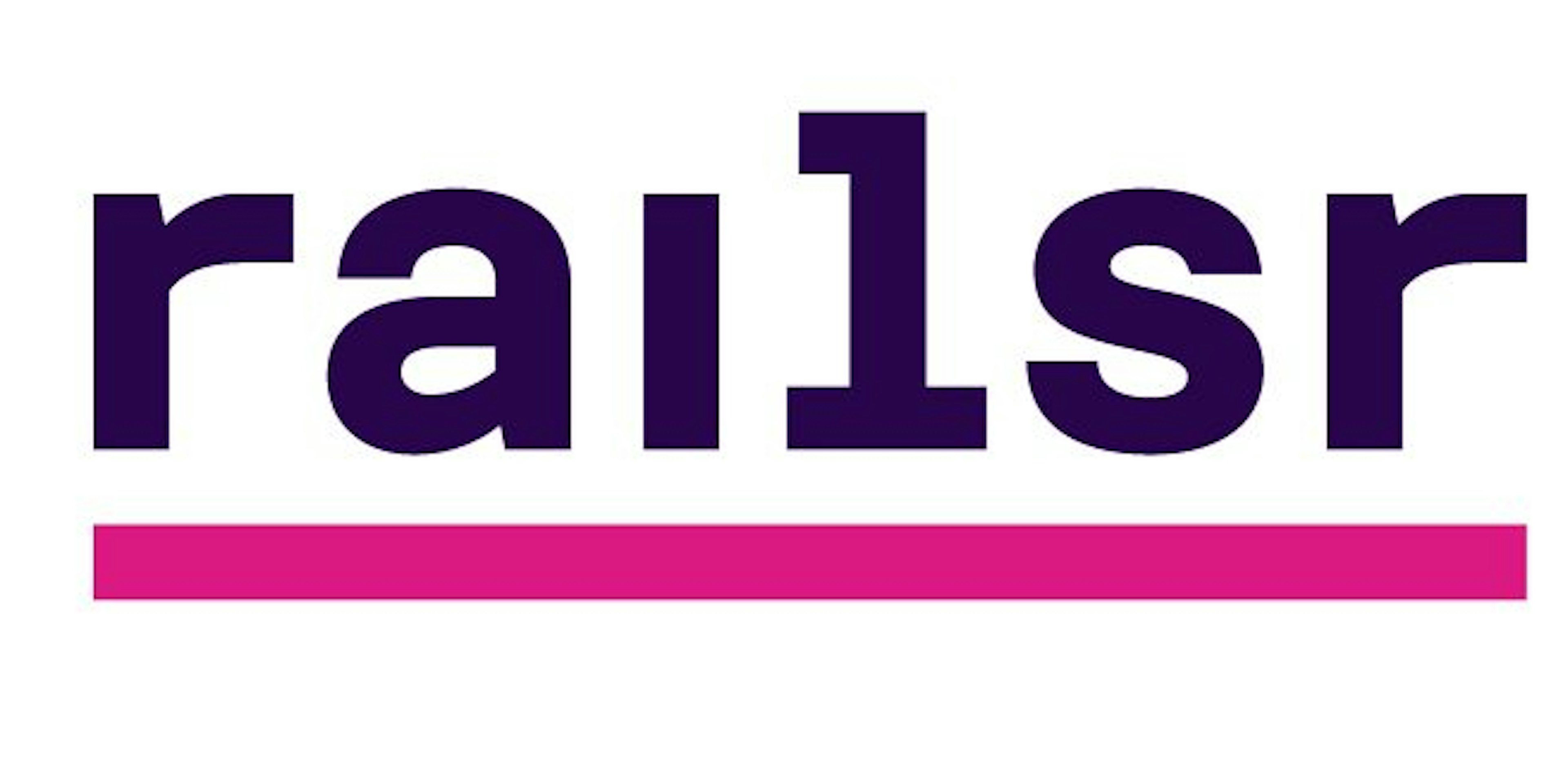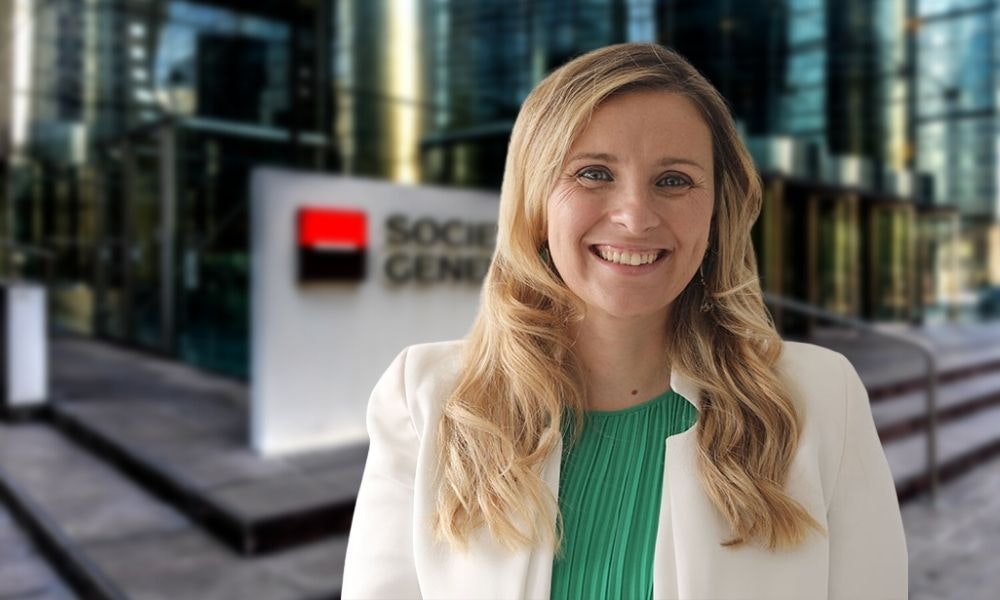The tech downturn is making investors nervous. In the first quarter of 2022, global fintech saw its biggest drop in funding in three years, meaning the sector — used to receiving the lion's share of funding and attention — is now under pressure.
“It’s a geopolitical macro level event that’s impacting all sectors and fintech, as a sector, isn’t immune,” Nigel Verdon, CEO and cofounder of fintech Railsr, tells Sifted. “Both public and private markets have limited horsepower to invest at this moment in time due to repricing of portfolios and protecting existing investments.”
But limited horsepower isn’t none at all. VCs are investing, just more cautiously, and if fintechs can weather the storm, there should be capital available in the future.
So how are fintechs navigating this time? We ask some experts who have been through it all before.
Profitability over growth
Last month, Europe’s most valuable fintech, buy now, pay later provider Klarna, laid off 10% of global staff amid a valuation crunch. While fintech saw some lofty valuations based on growth in the past few years, Verdon says profitability will be the new focus.
“The risk appetite has gone away from growth as a driver and valuations have been massively discounted,” he says. “Valuations tend to be driven at the moment by companies who have a route to profitability, clear profitability, lowered cash flow and high capital efficiency ratios. It’s all about cash and survivability.”
Peter Briffett, CEO and cofounder of Wagestream, a fintech which provides financial services to frontline workers through employers, agrees, adding having profitability is a tried and tested way startups can make it through tricky economic periods.
The risk appetite has gone away from growth as a driver and valuations have been massively discounted. It’s all about cash and survivability
“In the last two or three years, there’s been a lot of available funding for fintechs, fintech has been a very hot growth area, but founders have to realise those days are gone,” he says. “I’m old enough to have seen great companies emerge out of these times and a lot of that is down to the fact they had to look after profitability.”
Even if a fintech isn’t profitable now, Briffett says a strategy to get there will be key. “The companies that have a route to profitability, are able to see that in the future, trying to bring that date forward is going to be really important,” he says.
Boris Diakonov, cofounder of ANNA Money, a business account and tax app, says it’s about balance, but always having paying clients and subscriptions has helped.
“We were looking to have a balanced growth and a balanced financial model,” he says. “A year ago we already turned a corner with operational profitability before growth and we feel like it’s a good solid place to be because then it’s just pure maths, you scale, you earn more money and at one point you become profitable.”
Conserving cash
While fintechs that have recently raised are the lucky ones, Briffett says startups that aren’t able to get through this period without a fund raise should be thinking about reducing costs or making cuts.
“Every single fintech founder would have been told by their board and their investors to conserve cash: really look after your costs, make sure you can weather this downturn, which no one can predict how long it’ll be,” he says.
Verdon agrees, saying fintechs should “super focus” on cash flow and focus on retaining customers over acquiring new ones.
"A lot of companies have their customer acquisition costs, especially in the consumer world, powered by venture capital money. Those are the kind of costs they’ve got to figure out how to reduce,” he says. “Really focus on your existing customers and customer relationships because they’ll see you through this. I deployed this strategy in 2000 in the dotcom crash and it saved my first company, which we went on to sell in 2006.”
Every single fintech founder would have been told by their board and their investors to conserve cash
But there's still money out there.
“Fund raises are happening, there’s still capital with all investors,” says Briffett. “But obviously they’re slowing down the amount of their funding and also taking longer.”
Verdon says there’s some activity around seed and Series A because the markets have become better priced, as well as corporate venture capital (CVC) and M&A.
“I’ve seen strategic investors, like corporates doing corporate venture capital coming back into the market… quite a lot of them still have piles of cash on the balance sheet from a few good years,” he says. “We’ve seen quite a number of M&A opportunities come across our desk, more so in the past three months than the past year.”
Picks and shovels
Diakonov says neobanks were once interesting, but now fintechs which offer solutions outside of banking are gaining more traction.
“It was all exciting back then when we went from the horrible high street banks to a nice shiny app that can send you a nice shiny card, makes payments and sends you push notifications,” he says. “[But] we’ve seen several of our competitors saying that they are either pivoting or downscaling.”
Verdon says there will be survivors and companies who go by the wayside, but people will always need “picks and shovels” — the tools and infrastructure needed to create other products, such as embedded finance. He adds other sectors, which are better capitalised and have customers already, can (and are) using these tools too.
“There is some growth and not only that, but there seems to be a structural shift outside fintech companies where traditional brands are embracing the same tools,” he says. “Like bank accounts, cards, payments, rewards and credit, all within their own customer journeys, so sports or retail or transport or other sectors.”
Embedded finance
Pre embedded finance, companies which wanted to offer financial products like payments had to build their own stack, but providers like Railsr startups can implement infrastructure quicker and cheaper.
“You don’t have to have the overhead and costs or the operational cost of running all this by yourself and running financial operations at scale, that’s actually quite a difficult thing to do, there’s no need for every single fintech to do that,” says Verdon. “Now you can accelerate and be in the market in two to three months, as opposed to nine to 18 months.”
Verdon says embedded finance enables startups and scale-ups to use finance as a strategic engagement tool with customers to deepen relationships, create better user experience and ultimately generate revenue
Now you can accelerate and be in the market in two to three months, as opposed to 9-18 months
Wagestream gives workers access to their money with embedded infrastructure and faster payments. Briffett says he hasn’t seen a reduction of interest in these services due to the downturn.
“I think those things are definitely here to stay, I don’t think those things will slow down,” he says. “We’re seeing a really high level of interest from large enterprises because the biggest people issue they have this year and next will be how to get their staff through the cost of living crisis.”
Briffett adds the cost of living crisis might have an impact on which fintechs will succeed. For example, startups attached to ecommerce will suffer because they’ll be less consumer purchases and BNPL is already under regulatory pressure. Open banking, however, could help people get a view of their financial lives.
“Whatever you can do to help people make their finances more visible, help them save money, help them budget, those are going to be winning products,” he says. “Those are the tools that are going to get a huge amount of engagement in the next few years.
“Some of the best companies will always be founded in these times.”



